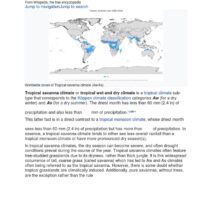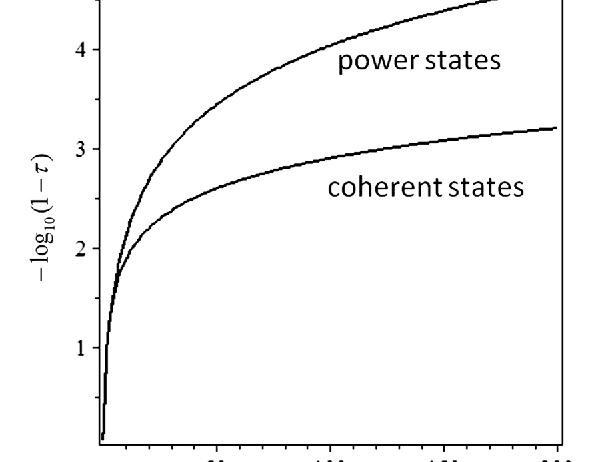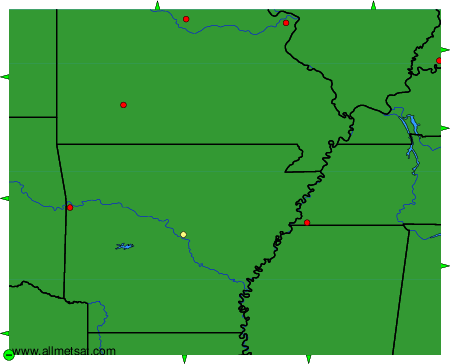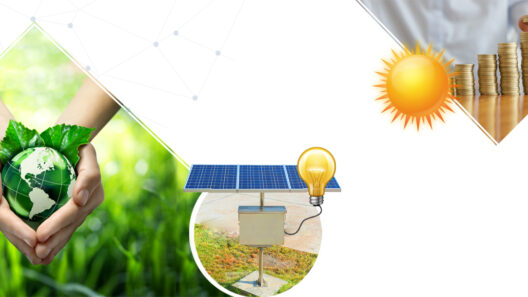Energy conservation is a paramount principle in physics that manifests in various domains, including the precision of measurements. Individuals engaging in scientific endeavors often encounter the paradox of heightened accuracy and the fundamental limits imposed by energy conservation. This correlation between energy conservation and measurement precision is not merely an academic inquiry; it has profound implications in various fields, such as physics, engineering, and environmental science. Understanding the underlying mechanisms behind this phenomenon unravels deeper insights into our capacity to quantify and understand the physical world.
The concept of energy conservation states that the total energy in a closed system remains constant over time. This principle, often encapsulated in the first law of thermodynamics, serves as a bedrock for understanding energy dynamics. However, when applied to measurement systems, energy conservation introduces inherent constraints that challenge researchers and professionals. Essentially, any measurement system must balance its energy consumption with the need for precision. As one delves deeper into this nexus, several challenges emerge that necessitate close examination.
Firstly, one must consider the impact of energy limits on the measurement apparatus themselves. Every instrument, whether it be a simple thermometer or a complex particle detector, operates within a finite energy range. In practice, this means that the sensitivity of a measurement device to external stimuli—such as temperature fluctuations, electromagnetic interference, or mechanical vibrations—can be significantly affected by the energy that the device utilizes. For instance, a temperature sensor may become less responsive when powered down or when limited to minimal energy efficiency, resulting in suboptimal readings. Consequently, the energy constraints not only dictate the functional thresholds but also define the usable limits of precision within measurement instruments.
Moreover, precision engineering often involves intricate trade-offs between energy consumption and measurement accuracy. In many cases, enhancing the precision of a measurement requires greater energy expenditure, indirectly leading to increased system noise. This phenomenon can particularly be observed in the realm of quantum mechanics, where measurements at subatomic scales necessitate such high levels of energy that they disrupt the state of systems being observed. This effect, known as the observer effect, can yield measurement results that do not entirely reflect the quantum states prior to observation. Hence, the conservation of energy in quantum systems presents a paradox: the pursuit of precision often interferes with the very properties we aim to measure.
In addition to the limitations imposed by measurement apparatus, energy conservation affects the data processing and analysis machinery integral to scientific research. As data acquisition systems become increasingly reliant on computational power, the energy demands escalate proportionally. High-performance computing, while providing advanced analytical capabilities, also introduces systemic constraints that can ultimately affect throughput and reliability of results. Thus, researchers must engage in continuous evaluations of energy usage in relation to the fidelity of their measurements. This obligation not only necessitates additional strategic considerations but also invites scrutiny over the entire lifecycle of energy consumption within experimental frameworks.
A distinctive challenge arises when examining large-scale environmental measurements and their corresponding impacts on climate science. In capturing data related to climate change—which necessitates extensive monitoring of variables such as greenhouse gas emissions, atmospheric temperatures, and ocean salinity—scientists often deploy vast arrays of sensors and remote sensing technologies. These systems operate under pronounced energy constraints, compelling researchers to prioritize energy-efficient designs that may inadvertently compromise the accuracy or granularity of measurements. In an era characterized by urgency surrounding climate action, the juxtaposition of energy conservation with precise data collection is more critical than ever.
Additionally, the intricacies of energy conservation manifest profoundly in the modeling of climate systems. Climate models endeavor to simulate multifaceted interactions within Earth’s atmosphere, oceans, and biosphere. These models depend upon precise input data; yet, when the accuracy of these inputs is constrained by energy-efficient measurement methods, the integrity of predictions diminishes. Such limitations underline a pertinent inquiry into whether the measurement techniques employed for modeling truly reflect dynamic climatic phenomena or merely echo the limitations of energy conservation principles. The interplay between energy constraints and model fidelity becomes increasingly convoluted, demanding innovative solutions that harness advances in technology while adhering to principles of sustainability.
In a broader context, the intersection of energy conservation and precision measurements extends beyond scientific frameworks into technological applications. Engineers, in developing precision instruments for medical diagnostics, telecommunications, and automotive systems, must take into consideration the energetic implications of their designs. As the demand for miniaturization and computational accuracy intensifies, the measures taken to conserve energy can affect how effectively these systems perform their designated functions. Therefore, a nuanced awareness of the implications of energy conservation is essential not only for scientific accuracy but also for the functional efficacy of technological advancements.
Ultimately, the exploration of how energy conservation limits our measurements mirrors a larger narrative about the interdependence of energy dynamics and precision in our understanding of the natural world. As researchers and innovators grapple with the constraints imposed by energy limits, the quest for enhanced measurement methods becomes a balancing act—one that necessitates innovation, adaptability, and interdisciplinary collaboration. By confronting these challenges head-on, we can foster improved methodologies that respect the principles of physics while endeavoring to uncover the complexities of our environment.
In conclusion, energy conservation serves as both a guiding principle and a challenge within the realm of measurements. The constraints it imposes on various measurement systems underline the integral relationship between energy consumption and precision. In navigating these challenges, scientists, engineers, and environmentalists must recalibrate their approaches to data collection and analysis, continually innovating to create more accurate and sustainable methods. The deeper implications of this relationship extend to climate modeling and technological advancements, reinforcing the necessity for an integrated understanding of energy dynamics in shaping our future.








